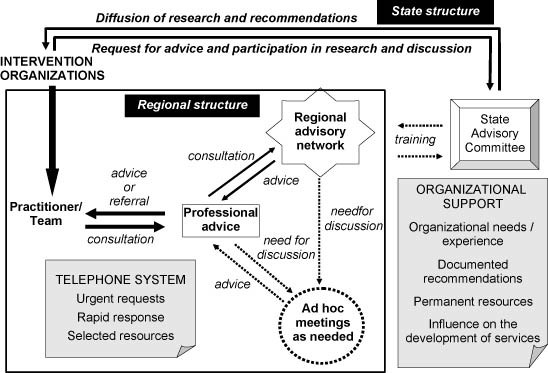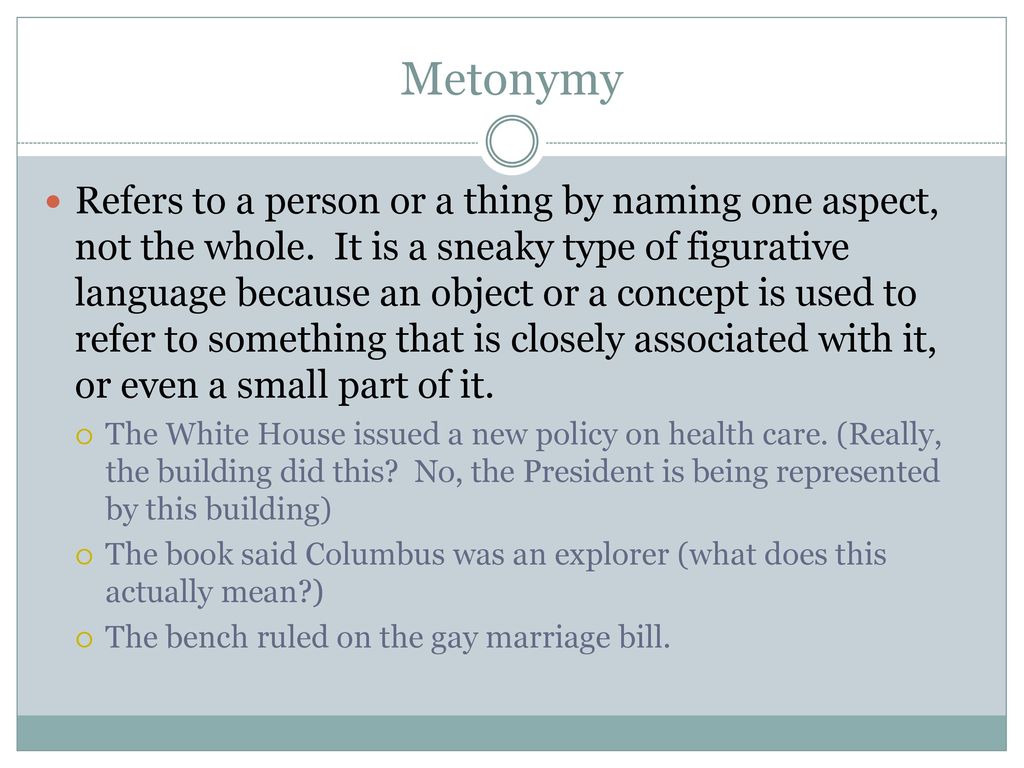Body Language Activities for the Classroom
This blog will provide educators with body language activities they can use in the classroom to teach students about the impact of nonverbal communication and how applying these skills in writing can help create more authentic characters. These activities are designed for middle and high school grade levels and can be adapted as needed.
All 11 year old 6th graders have to have the Tdap vaccine before starting school, this is a state law. Your child will need this vaccine and an updated immunization form turned in to the school nurse before you can complete your child's registration and get their schedules and start classes. The latest tweets from @AvecLunettes.

Help support your fellow teachers by adding any additional ideas for body language activities in the comments section below. My goal is for this post to become an archive for all of your ideas and that it will help make your job easier.
1) Eye-Spot!
How good are you at spotting details? Watch a short video clip of any great character and identify all the body language gestures that help define the character’s personality. How does he/she demonstrate comfort and/or discomfort? Does he/she have open/closed body language? Consider watching the video clip first without sound and have students identify what they think is being communicated through the dialogue. Afterwards, watch the video clip with sound and analyze your predictions. Were the gestures and words congruent?
- CAREER COUNSELLING. COMPENDIUM OF METHODS AND TECHNIQUES. Bucharest, 2007 Authors: Mihai JIGU, Ph.D Lumini a TSICA, Ph.D Angela MUSC, Ph.D Mihaela CHIRU Petre BOTNARIUC Irina COZMA Speran a IBU Other contributors to this Compendium: Carmen AVRAMESCU Bogdana BURSUC Lumini a DANE Adina IGNAT Gabriela LEMENI Marcela MARCINSCHI CLINECI Andreea-Diana MRU ESCU Domnica PETROVAI.
- Debian Project Leader Jonathan Carter: Wootbook / Tongfang laptop. I’ve been reading a bunch of positive reviews about the Tuxedo Pulse 14 and KDE Slimbook 14.
2) Actions Are Louder Than Words
Your character just received a postcard from someone he/she has not heard from in a very long time. Provide the reader with two sentences indicating what the letter says and then spend the rest of your time showing how the character reacts while looking, reading, and putting the letter down. Focus on his/her body language. Remember: the character’s actions tell us more than his/her words.
3) The World As Your Character Knows It
This activity will allow teachers to incorporate current events and/or topics that students are learning about in other classes. This activity can be done as a writing assignment or as a role play and conducted two ways: 1) the character is watching television and hears about the current event and/or topic. How does he/she respond? 2) the character is transported to that setting and/or time period. Explain what your character sees (using details they have learned). Highlight the character’s reactions through their actions, dialogue, thoughts.

4) A Not-So-Normal Encounter
What would happen if two characters in the class met for the first time? Invite two students to the front of the classroom to role play their characters. Ask another student to create a situation in which the characters would meet (i.e. party, funeral, church, red light, bus station, etc.). Next, have each student spend 30 seconds providing an overview of their character to the class. Students will spend two minutes role playing and focusing on the dialogue and body language. Debrief as a class and discuss if the dialogue and body language seemed authentic for the characters.

Figurative Language Team Patton Oswalt
5) A Sticky Situation
Have all students write down a “sticky situation” where a character might find themselves (i.e. pulled over by police, told he/she has 3 weeks to live, discovered they have magical powers, etc.). Collect the situations. At the start of each class, draw one situation and invite students to spend 5 minutes writing how their character would react. Debrief as a class and have students identify what gestures their character demonstrated. This activity will help students get to know their characters better and provide vignettes that could be used as the basis for a writing piece.
